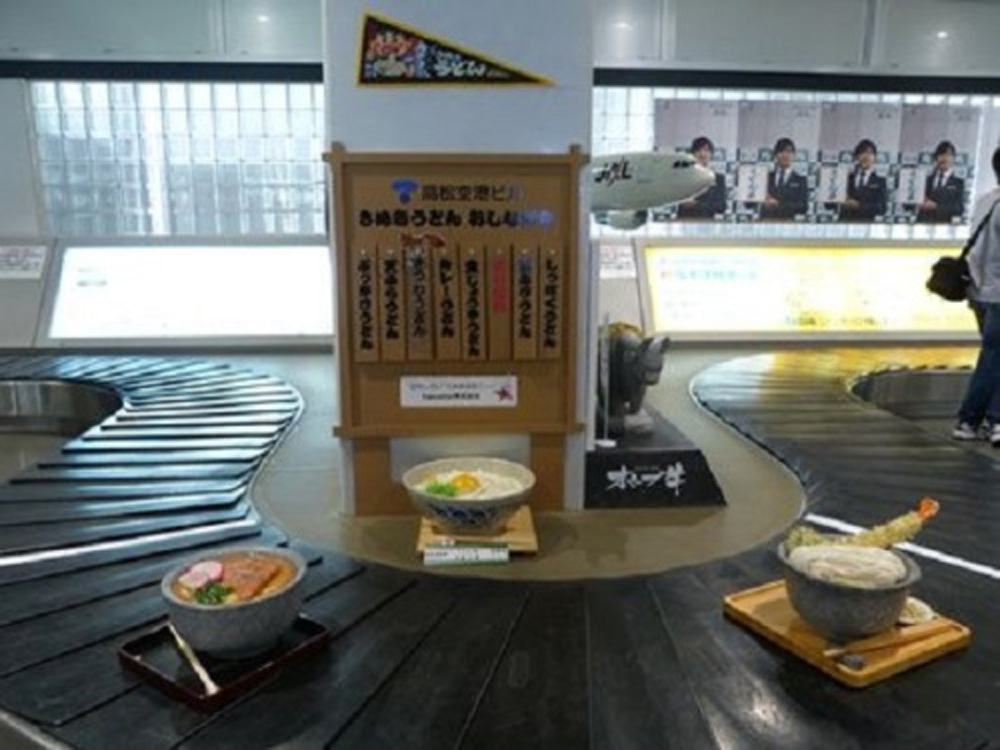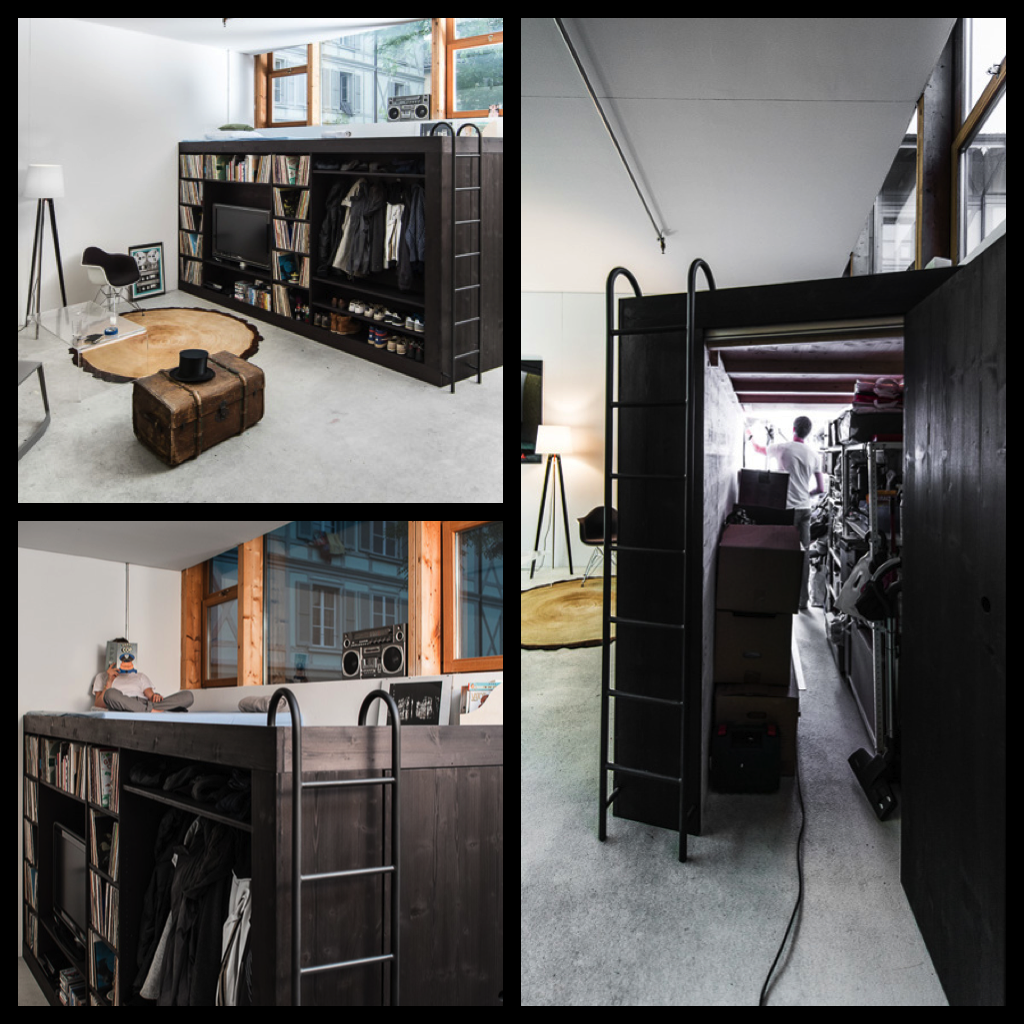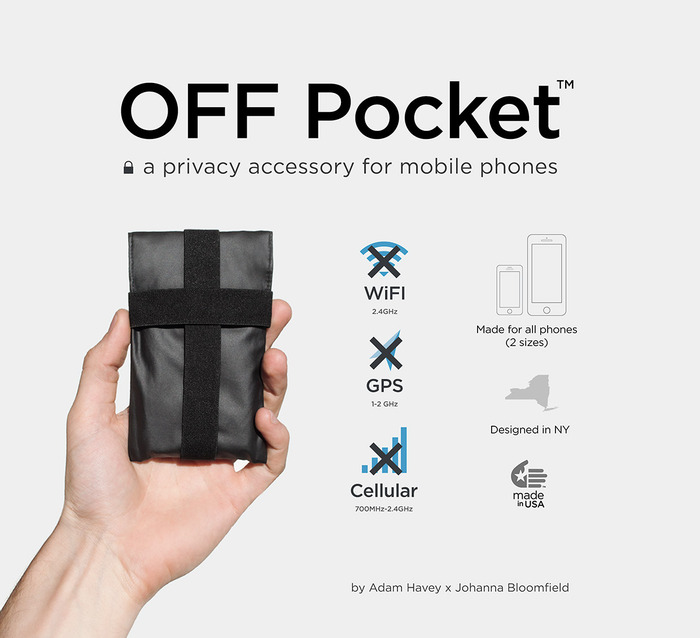
Most Americans have at least one mobile device in which they send and receive data. With all of this data floating around, it is very easy for someone to steal your personal information in a matter of seconds. Now, you probably don’t care if someone reads a silly text from your friend. But how would you feel if a total stranger read a confidential email from a colleague? Or from your doctor?
Adam Harvey, a New York City based artist, has designed a mobile device accessory that can stop all signals. The OFF Pocket, a case for your cell phone, blocks WiFi, GPS and cellular signals making your device untraceable, unhackable and undetectable. The only major downside is you cannot send or receive any information while your device is in the case.
Today millions of people are tracked through their mobile devices, even when they’re not being used. The OFF Pocket allows you to completely disconnect while maintaining total control over your privacy. The accessory will prove most valuable when the phone is not being used, which is more often than you would expect! Think about it, how much time do you actually spend on a mobile device a day? The average American spends roughly an hour a day on their smartphone, so the remaining 23 hours could be spent protecting your information.
What sparked our fire: An innovative product that encourages and allows consumers to truly unplug.
Would you give up instantaneous connectivity for some privacy?
Enjoy!
-Canopy Team
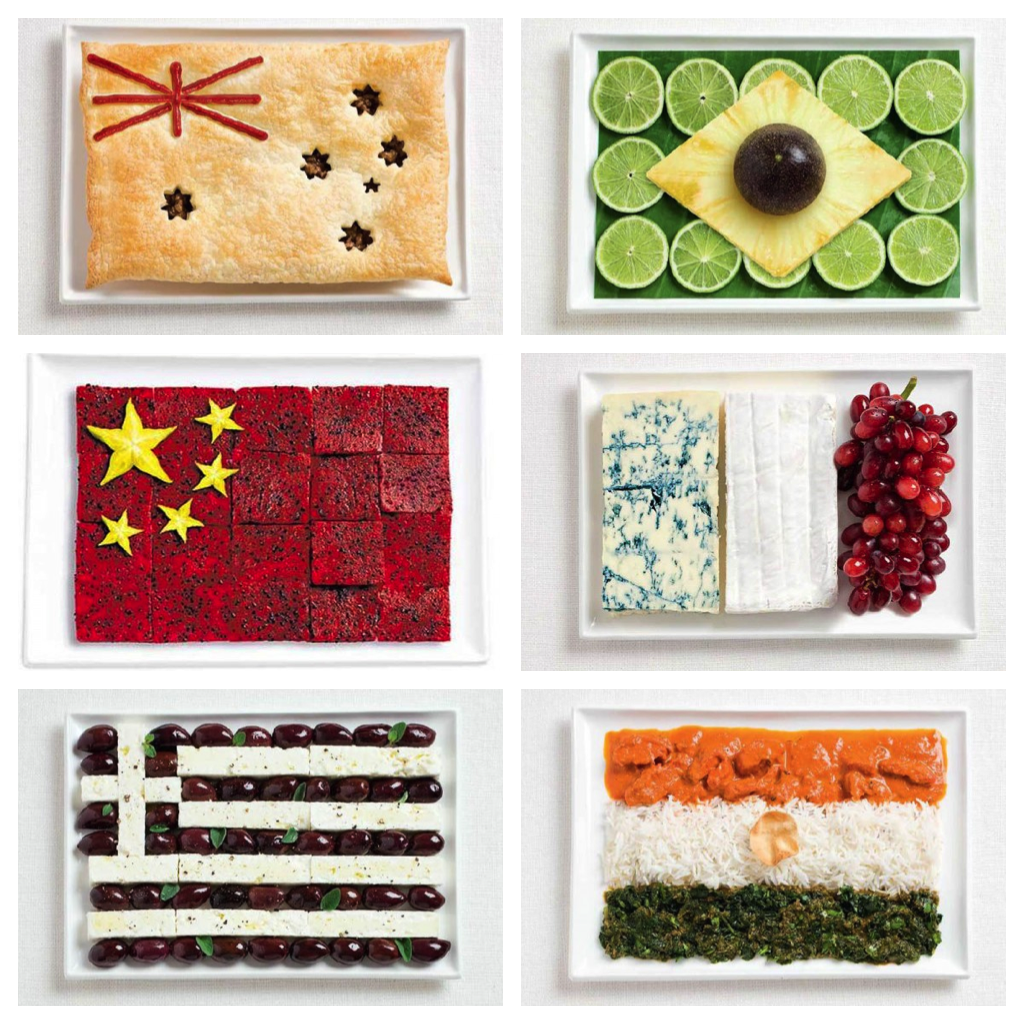
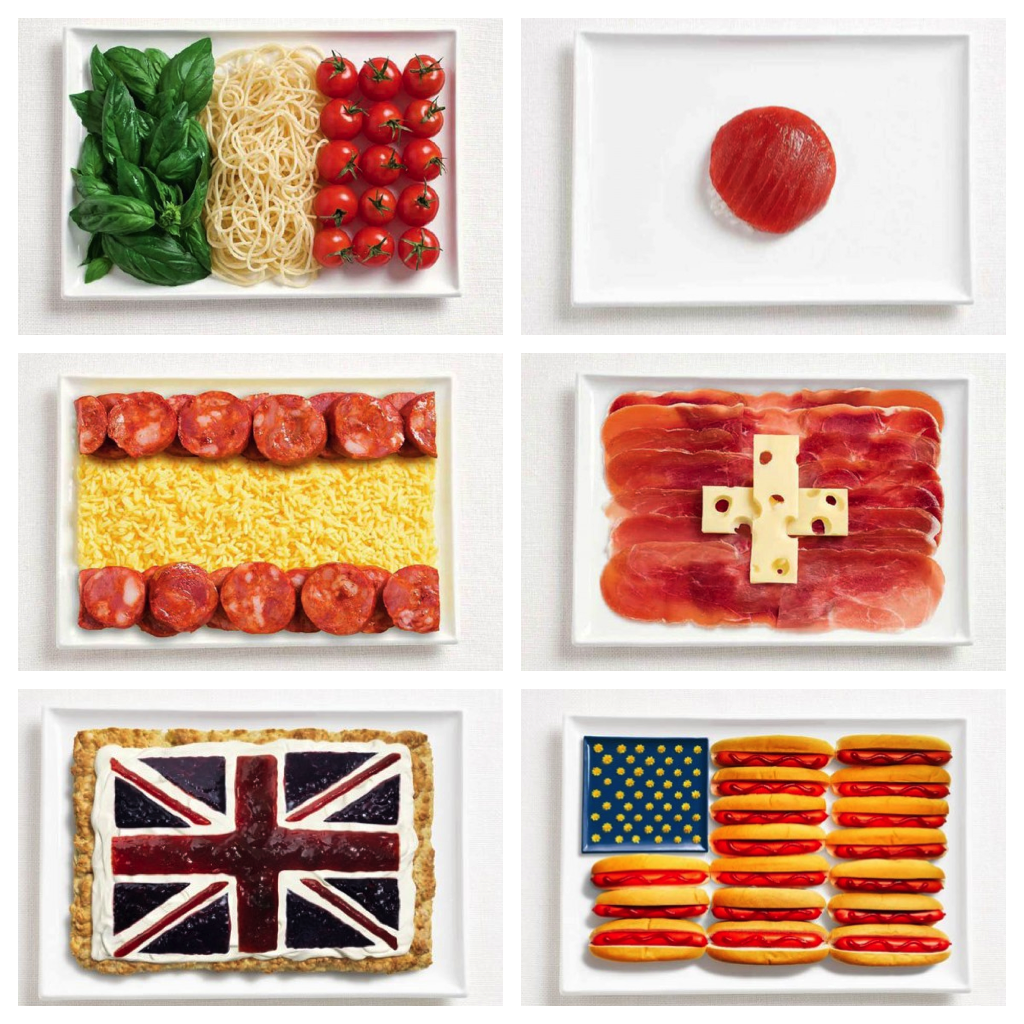 Are you hungry? You should be after looking at the creative collection of food designed by Australian advertising agency WHYBIN/TBWA. These flags of the world were created to promote the Sydney International Food Festival, which is Australia’s largest food festival.
Are you hungry? You should be after looking at the creative collection of food designed by Australian advertising agency WHYBIN/TBWA. These flags of the world were created to promote the Sydney International Food Festival, which is Australia’s largest food festival.
